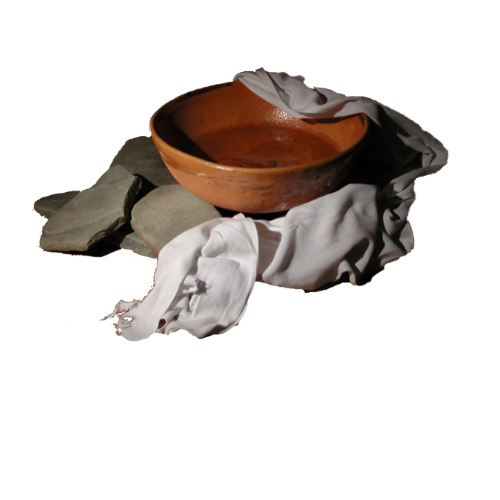October 4, 2023
One of the marks of Timothy’s great leadership was his ability to connect with people from different generations. Consider these instructions from Paul:
1Do not rebuke an older man harshly, but exhort him as if he were your father. Treat younger men as brothers, 2older women as mothers, and younger women as sisters, with absolute purity (1 Timothy 5:1–2, NIV).
Don’t let anyone look down on you because you are young, but set an example for the believers in speech, in conduct, in love, in faith and in purity (1 Timothy 4:12).
As Timothy followed these instructions he learned, even as a young leader, how to connect with and lead those who were older and those who were younger.
Timothy connected across generations by respecting consciously.
As Paul talked to Timothy about how to relate to other generations he used the analogy of a family. He challenged Timothy to treat the older generation like fathers and mothers, and younger persons like sisters and brothers. Healthy families treat parents with respect and care tenderly for those who are younger. Good families show conscious respect for the different generations.
Some leaders focus on the task that is to be done with no consideration of the person doing the task. They expect production and treat everyone by the same standard. Serving leaders learn to consciously respect and value those who are from other generations. They listen to and gain wisdom from those who are older and have more experience. They treat younger persons with gentleness as they learn and grow.
Timothy connected across generations by talking carefully.
Paul tells Timothy, “Do not rebuke an older man harshly, but exhort him as if he were your father.” Correction is one of the most difficult tasks in leadership and doing it with those who are from another generation adds complexity! Timothy learns to talk carefully by thinking of the older man as a father and reflecting on how he would address a problem with his father.
Leaders often rebuke or correct with little thought about the person receiving the correction. They see themselves as the boss and assume that others should change when they bring correction no matter how it is delivered. But serving leaders focus on the person as a human being with their own need to be valued and respected. They carefully adjust their correction by considering the age and specific needs of that individual.
Timothy connected across generations by loving completely.
Paul challenged the young leader Timothy to be an example in many areas including love. Generational differences require greater effort to understand and appreciate. A heart of love is fundamental to bridge these gaps.
Some leaders view love as a ‘soft’ leadership trait that has little value. But at the heart of serving leaders is a genuine care for others, a desire to see them succeed and thrive. Because they love, serving leaders seek to understand and appreciate those from different generations, both those who are older and those who are younger. They listen and ask questions to gain understanding and then adjust their leadership to meet the needs of those they serve. As they exercise effective leadership they build strong, multi-generational teams.
For further reflection and discussion:
- How would I describe my leadership towards those who are older? Younger? Do I find it easier to connect with those who are older or those who are younger? Why? How can I develop stronger connections with persons from other generations that I lead?
- Reflect on those you lead. What can I do to encourage them to develop greater inter-generational understanding?
- In addition to the verses we used in this issue, consider the following: 2 Timothy 2:22-26 and 3:2. What additional insights do you find from these verses about how Timothy understood and lead with the unique challenges of different generations?
For further learning on this topic, I highly recommend Tim Elmore’s book, A New Kind of Diversity, which focuses on the broad spectrum of generations currently in the workforce and the value each brings to the team.
Until next time, yours on the journey,
Jon Byler In the next issue, we’ll examine how Timothy learned to teach.
